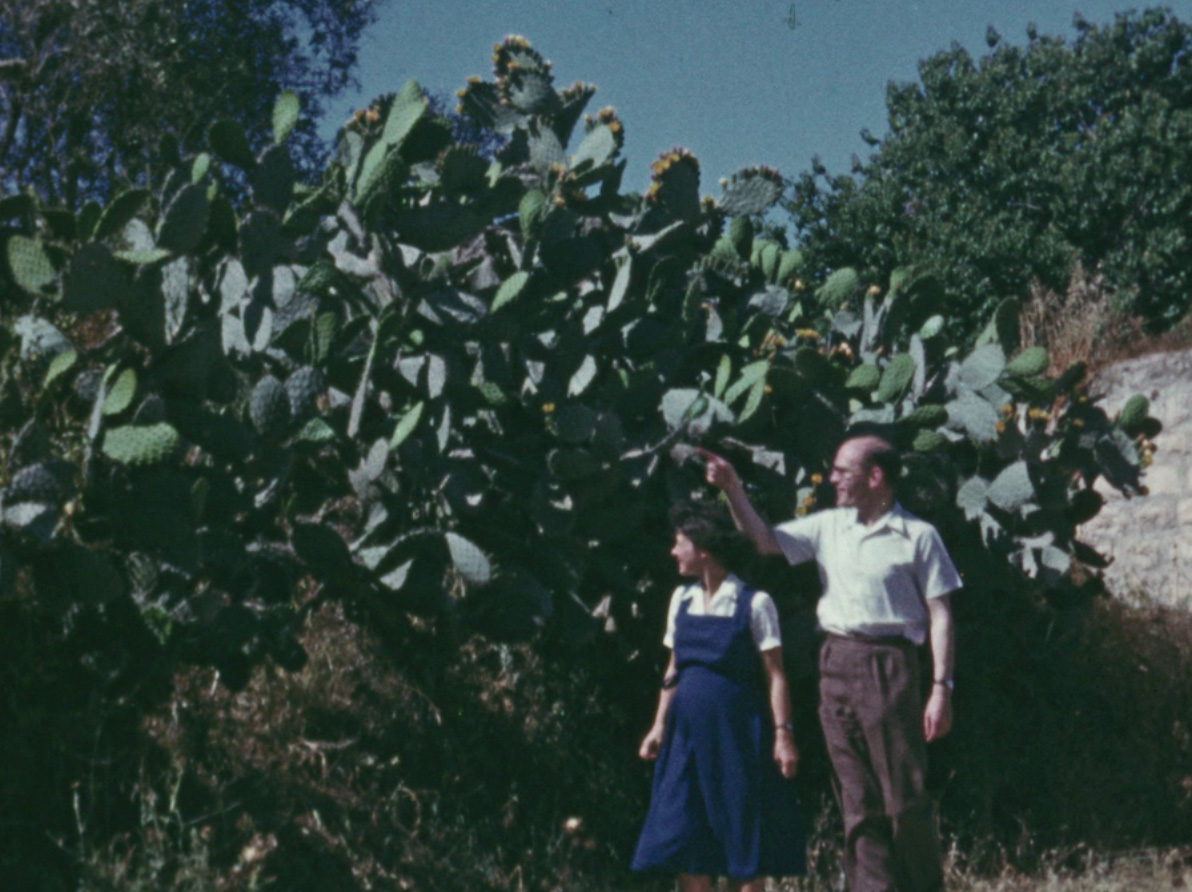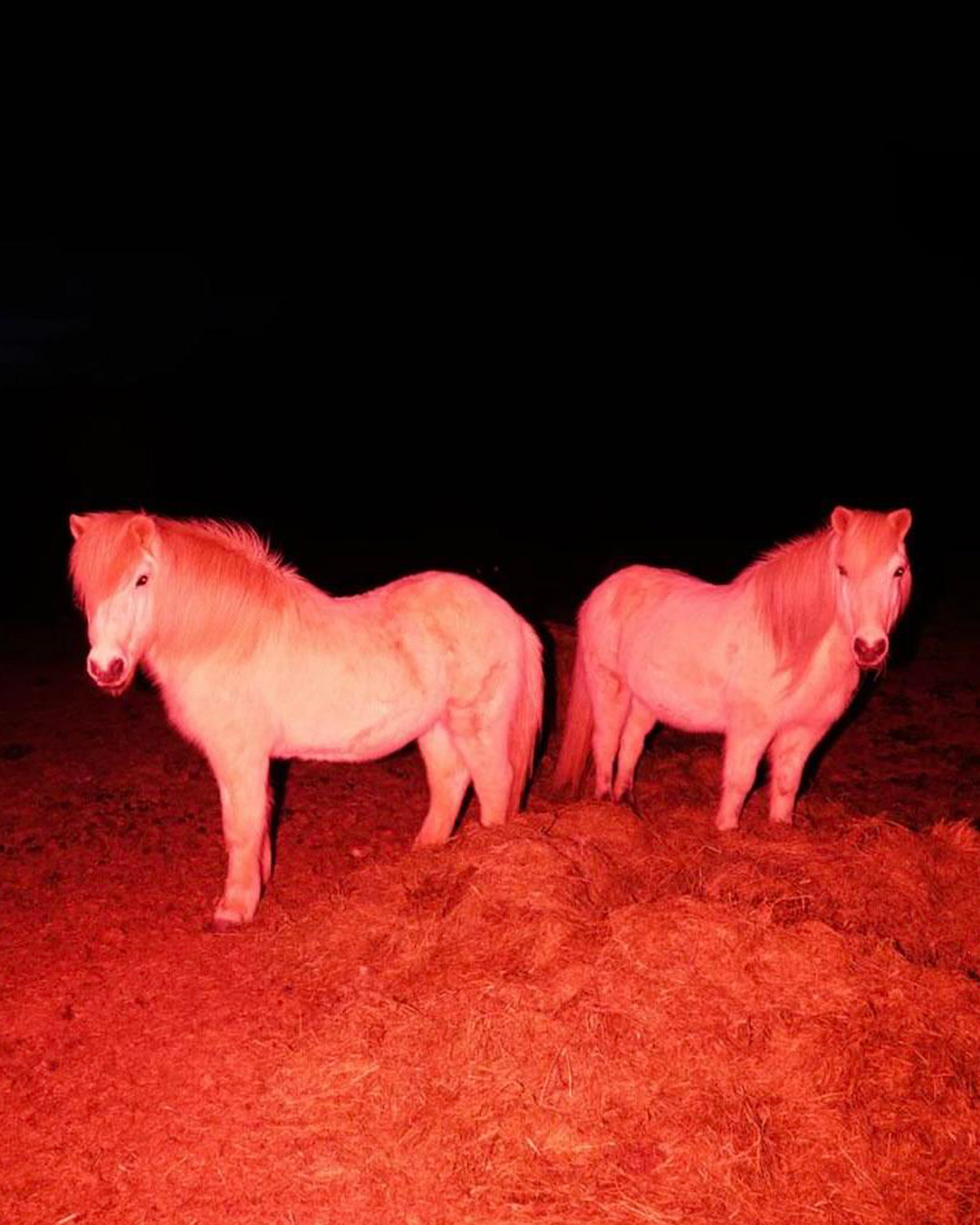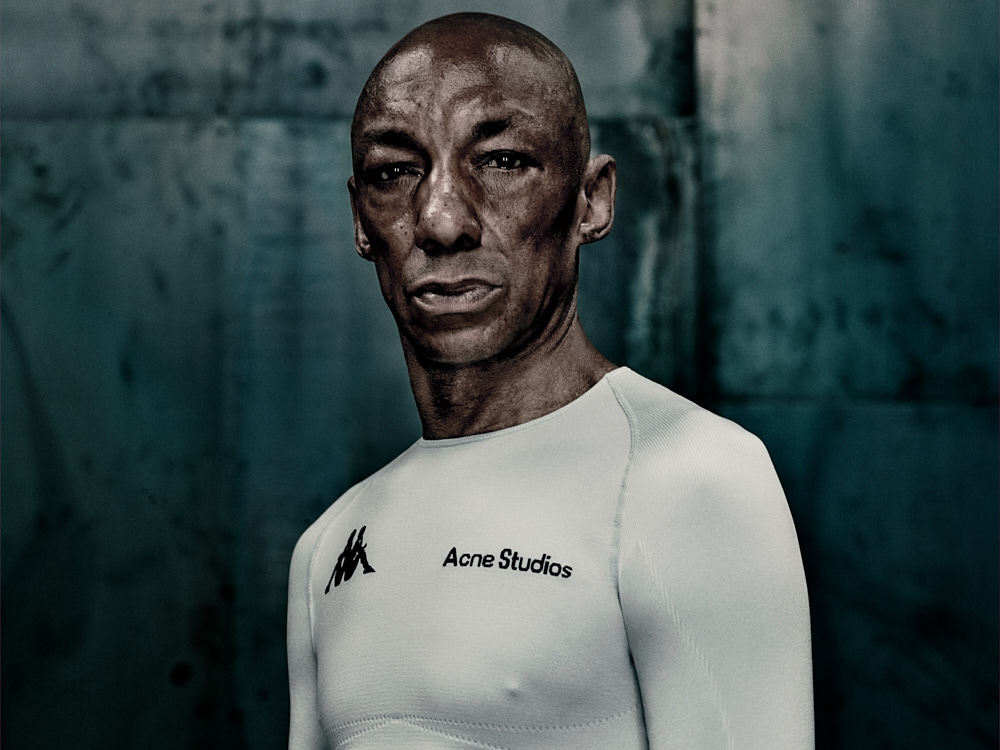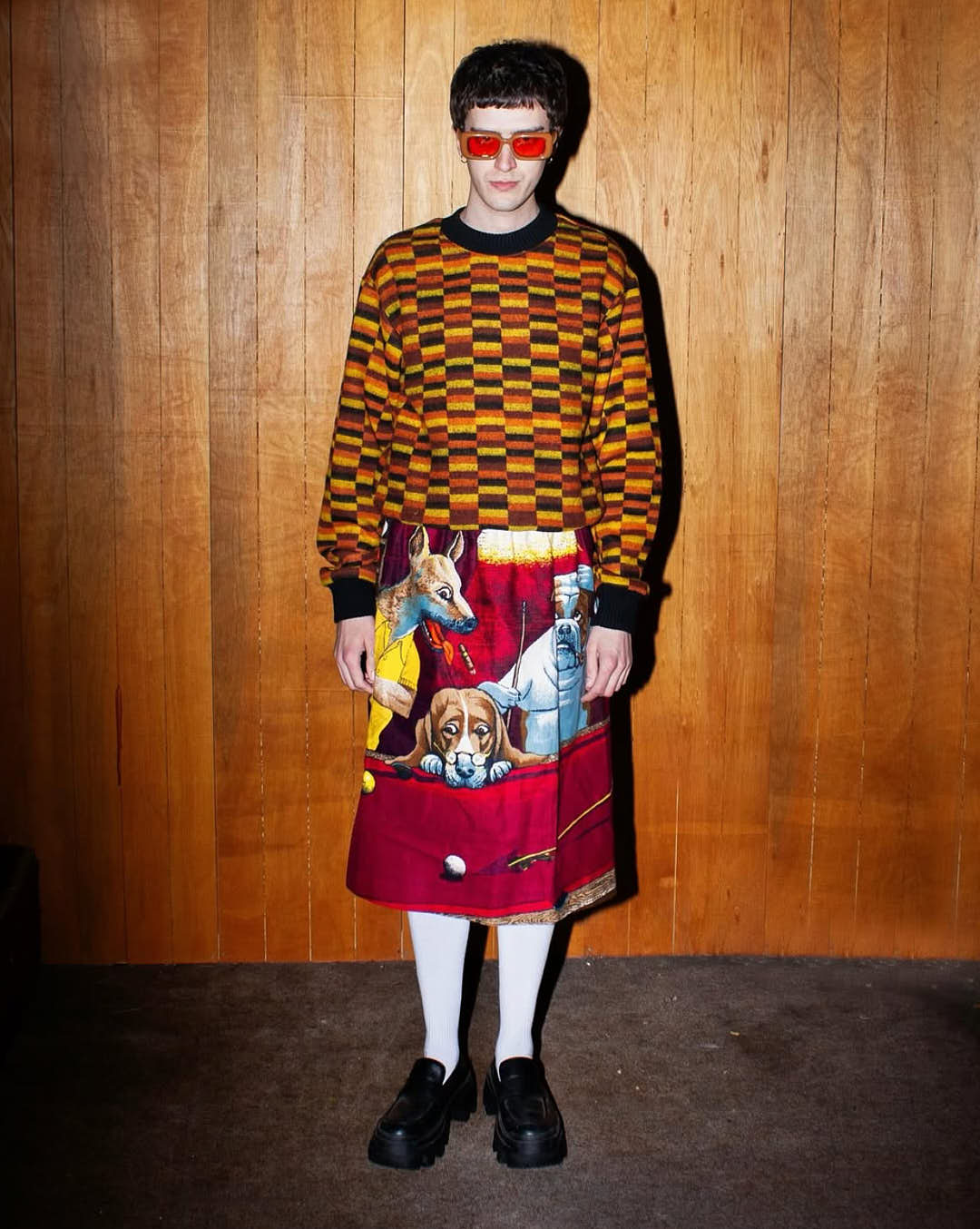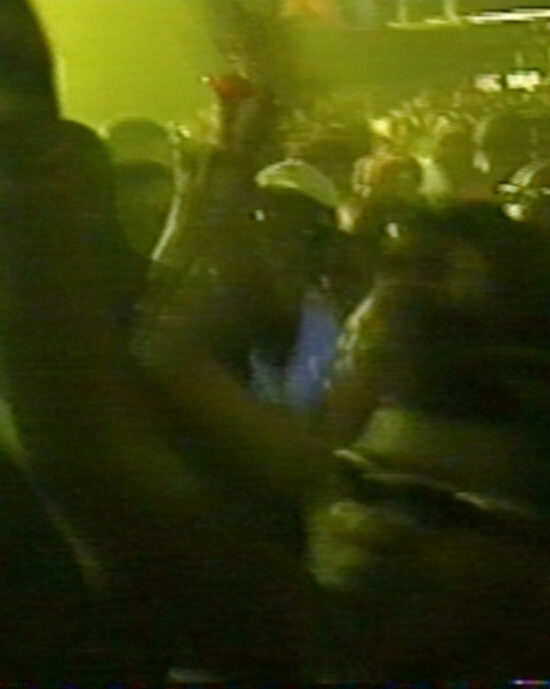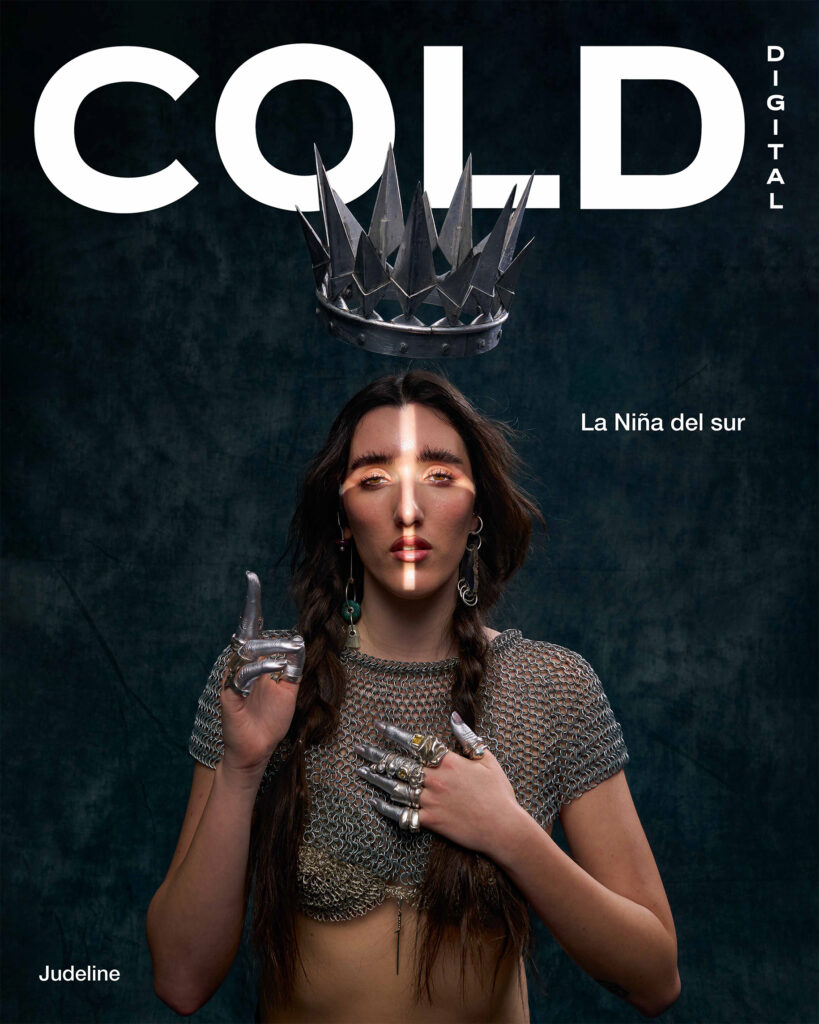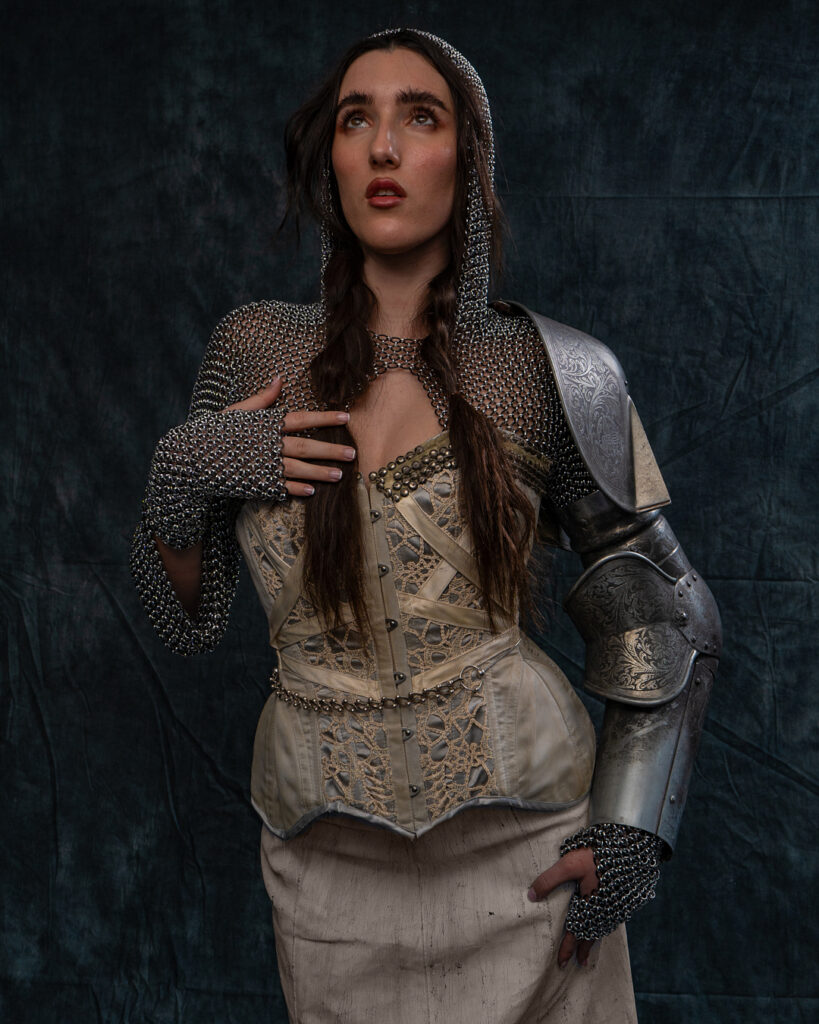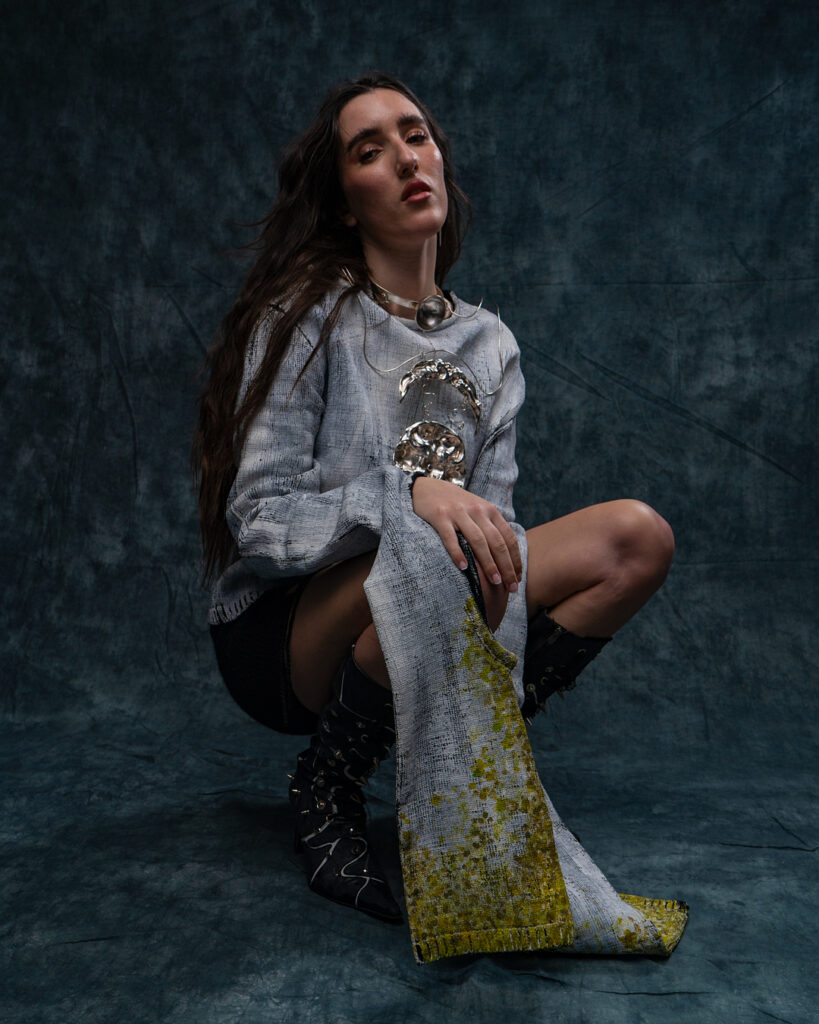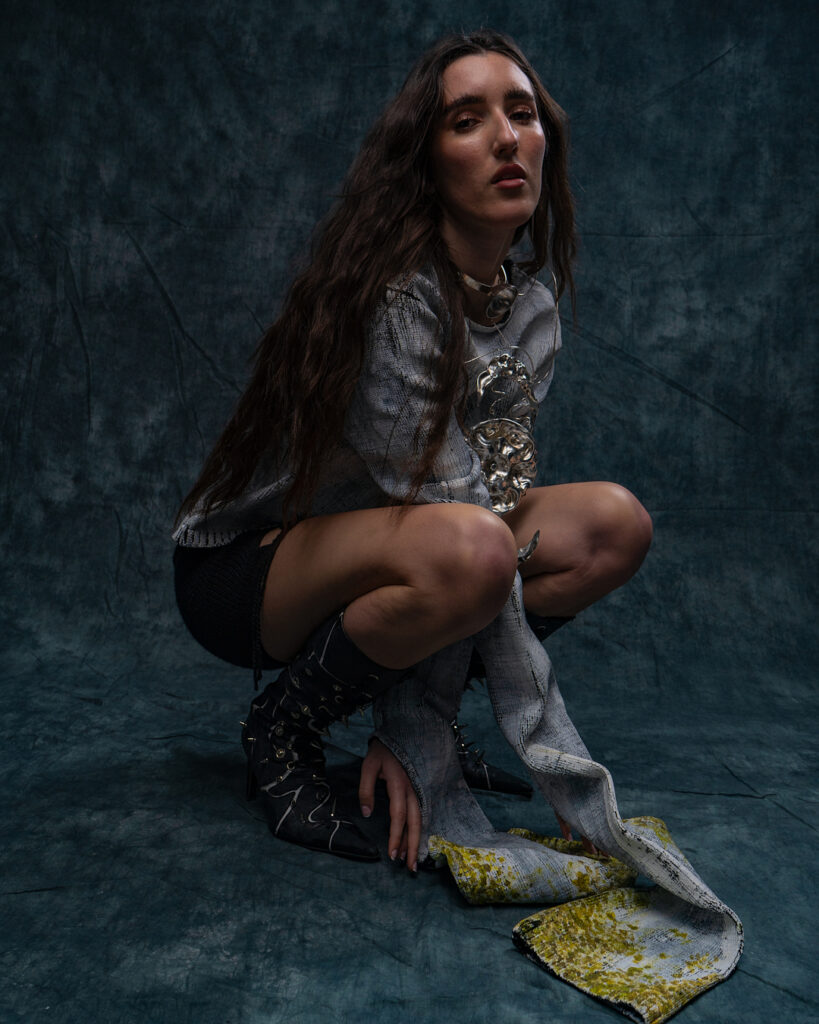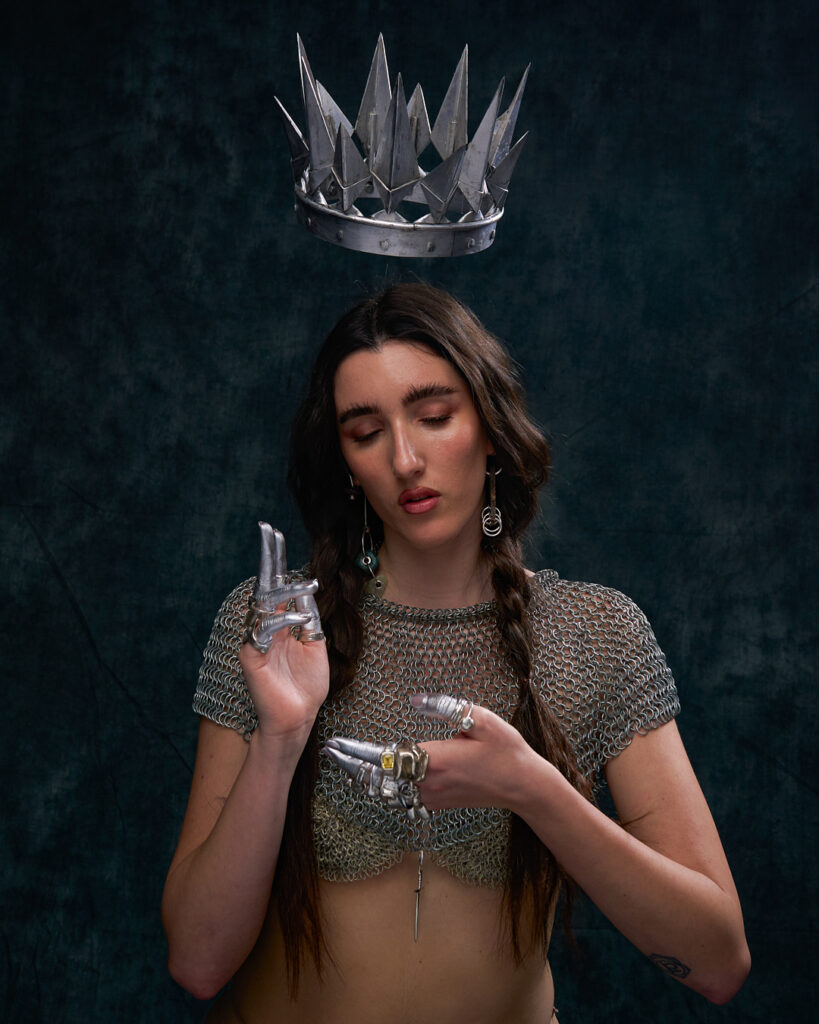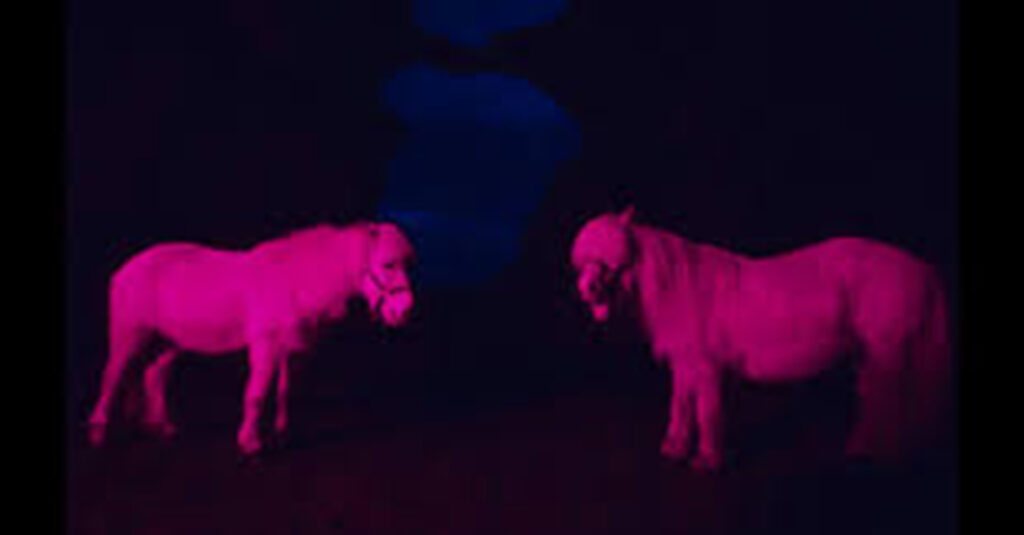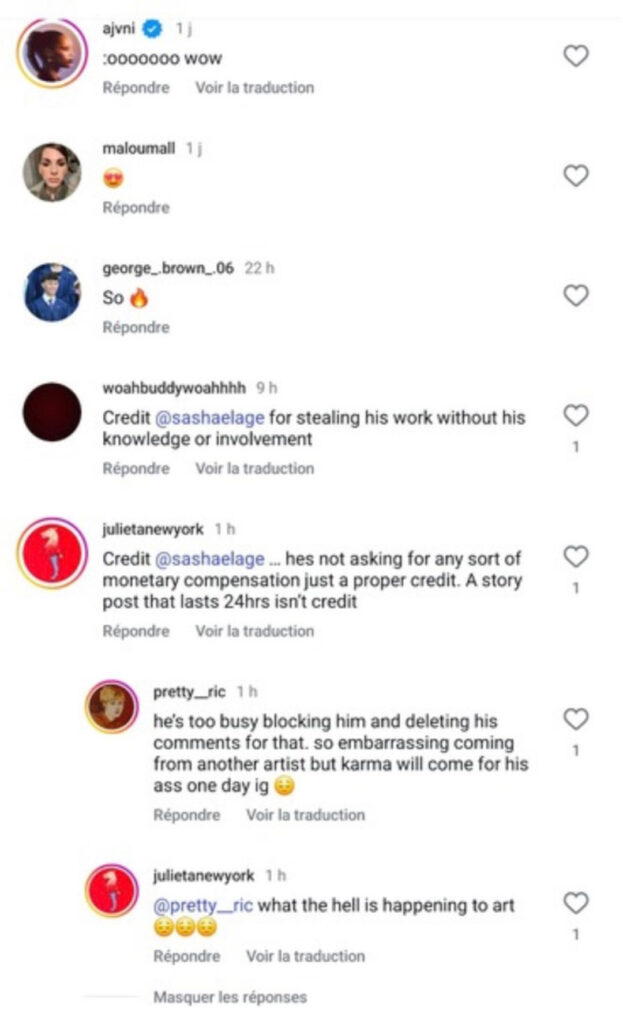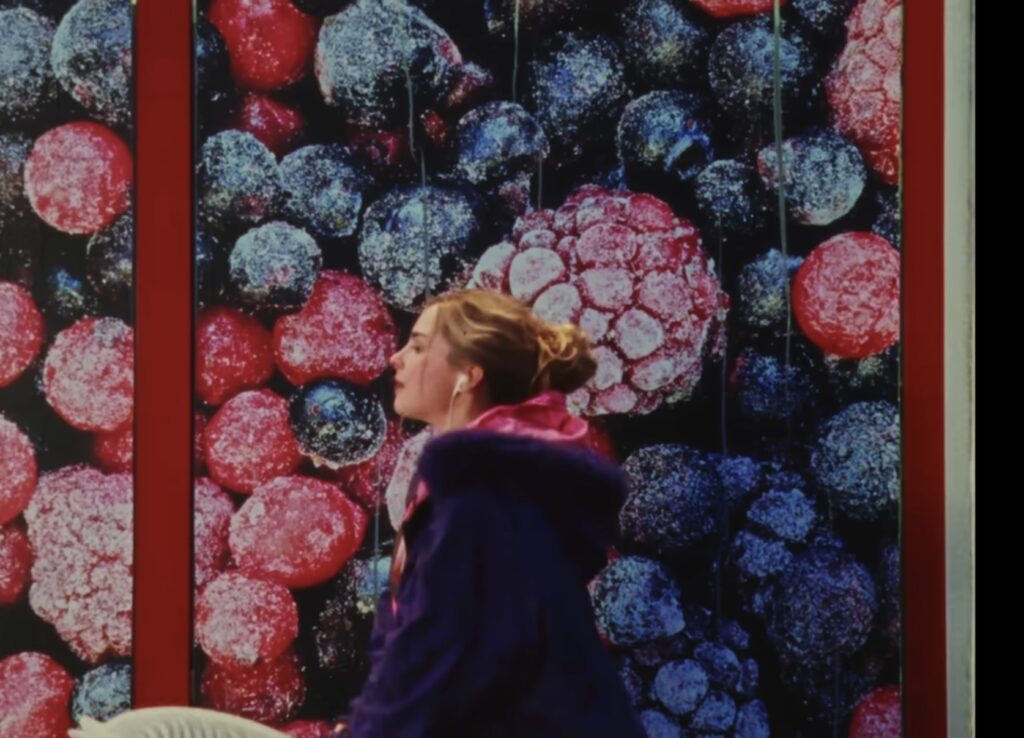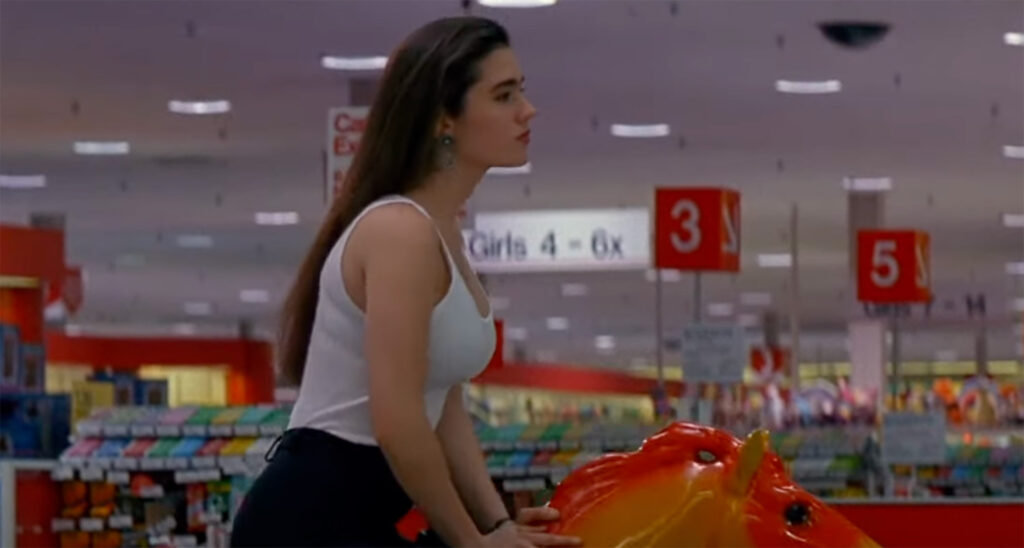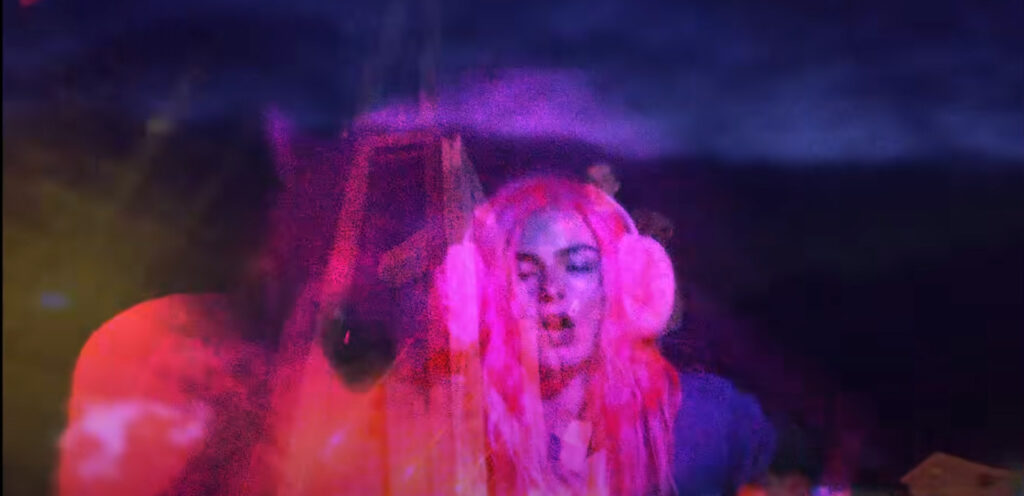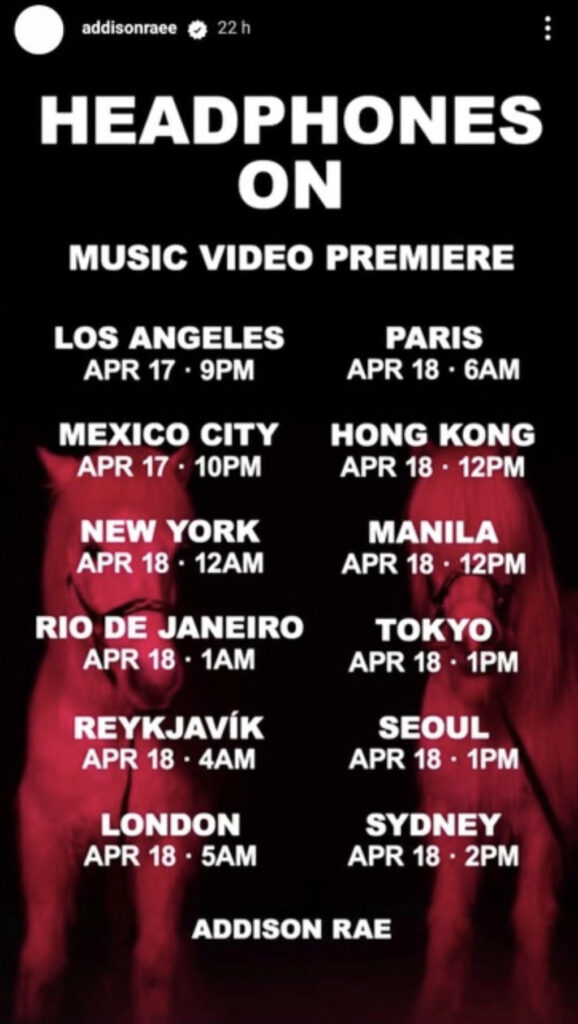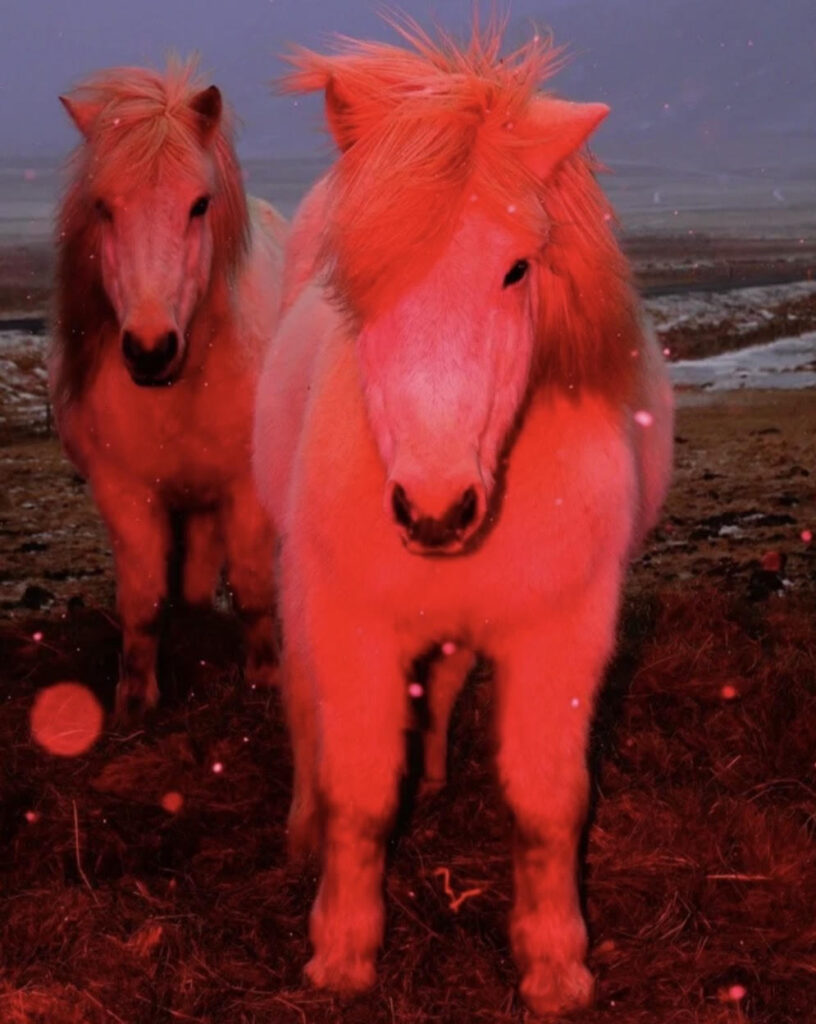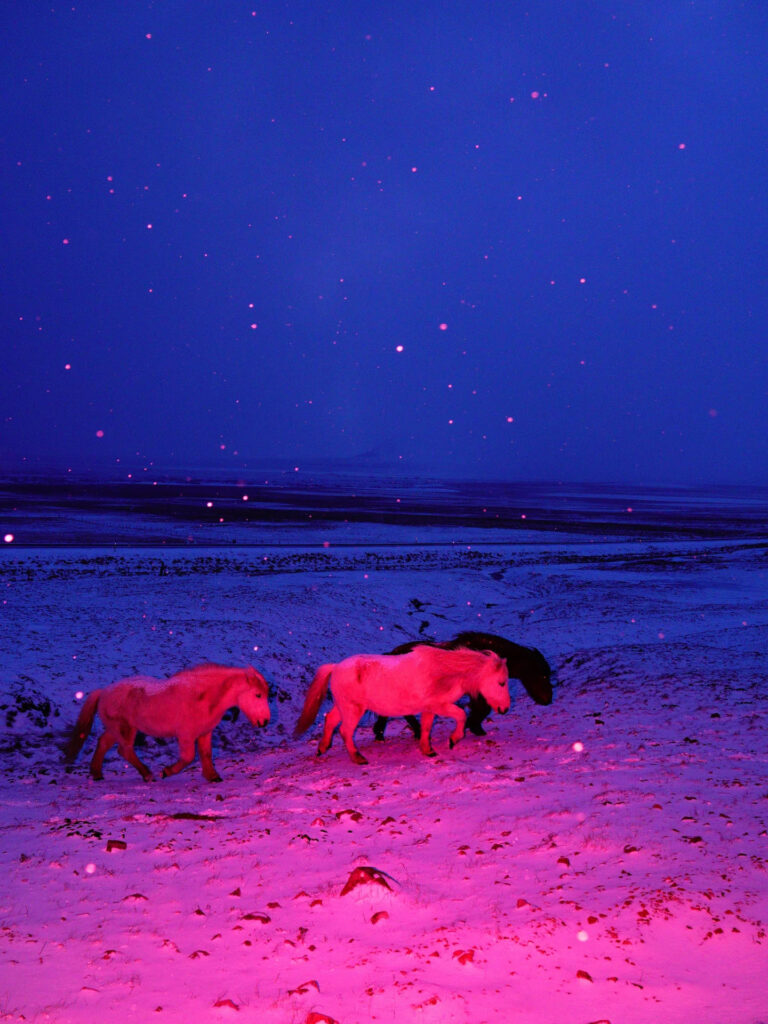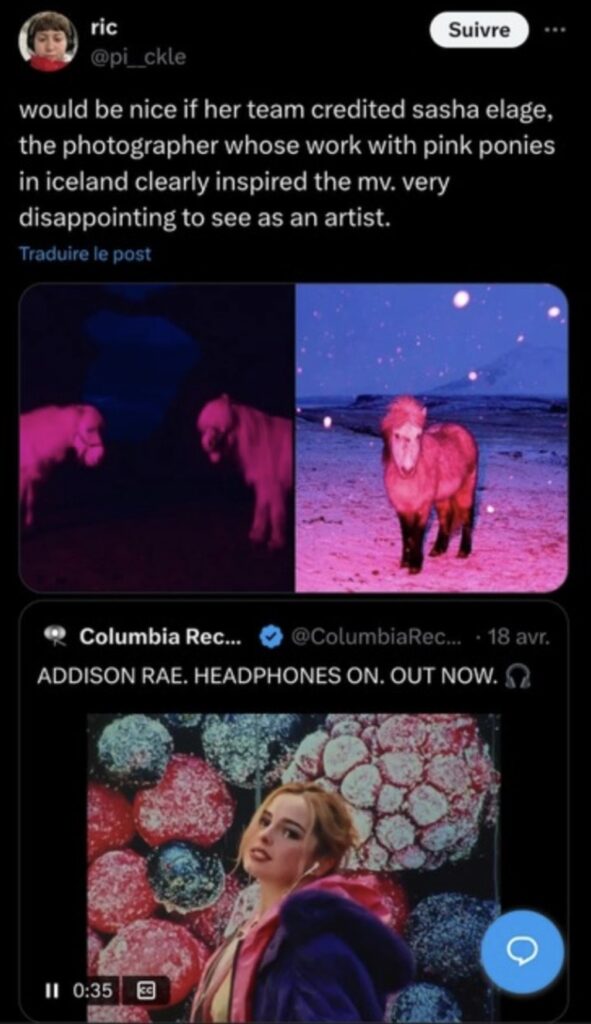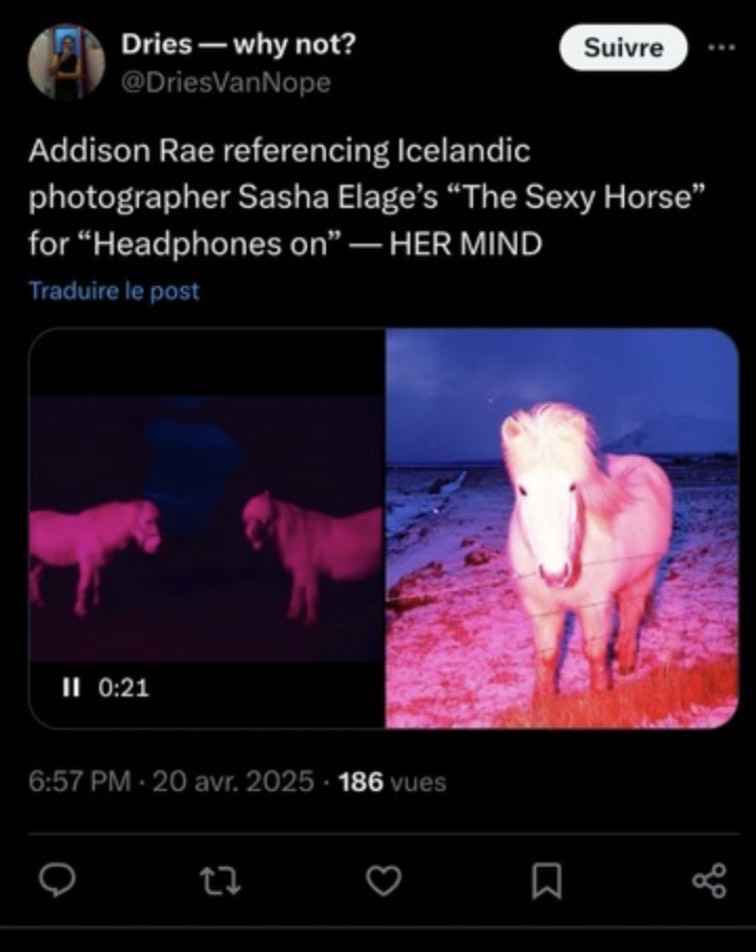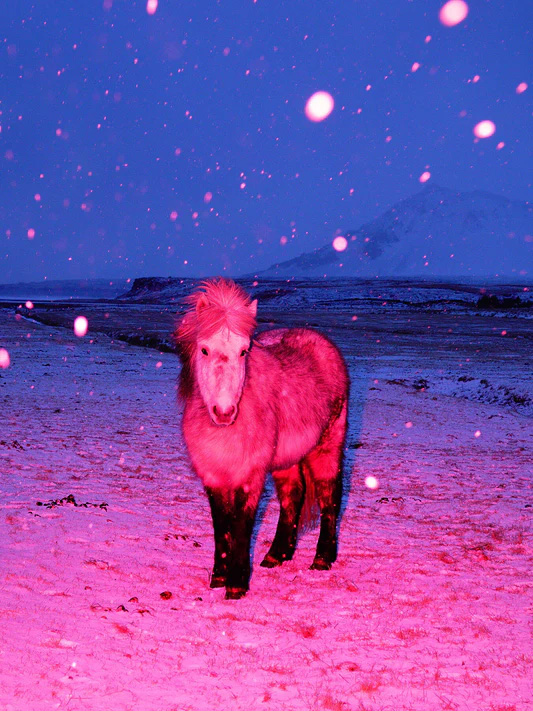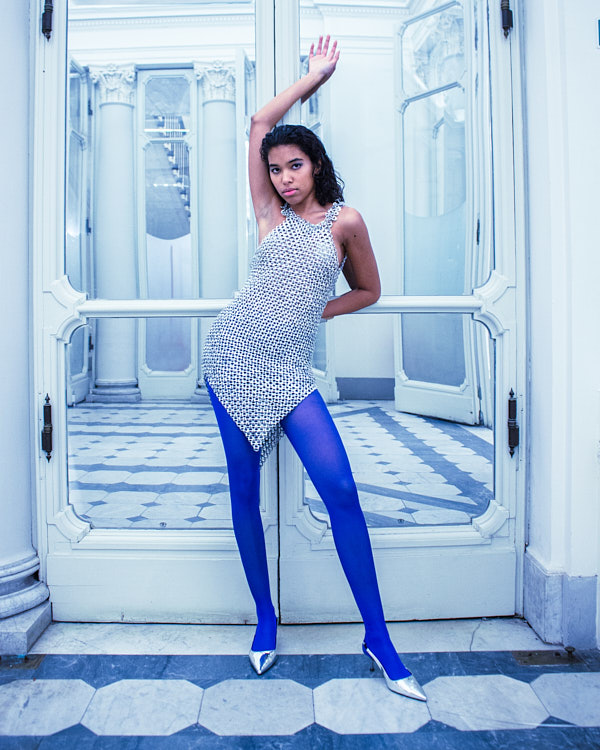
Aisy Nix
The Cold Magazine (CM): How would you describe your identity as a designer in a few words?
Loud. Unapologetic. Subversive.
CM: What inspired you to become a designer and start creating fashion?
I was inspired by learning to create using whatever was available to me. I designed as a form of self-expression and release. I started creating garments by repurposing old pieces and experimenting with fabric scraps. That process taught me to see potential in everything around me.
CM: What concept or message drives your work?
The idea that “design is the first and foremost tool of sustainability” inspires how I approach my work. I see clothing design as a way to question systems and challenge the fast-fashion mentality. My goal is to use design not only to make something visually bold but also to make something that lasts and encourages people to think differently about consumption.
CM: Where do you draw inspiration for your collections?
I am often inspired by city life and street art. The bold energy of urban environments always finds its way into my work, through color, texture, or attitude. Music also plays a big role in my creative process. It pushes the emotion, and sometimes becomes the backbone of an entire piece. It’s what drives the work out of me.
CM: Is there a personal story behind your journey as a designer?
I have always been a designer, I would draw different looks that were in my head when I was young. I did not start creating clothing until COVID in 2019. I bought my first sewing machine and used the materials I had around to create different pieces. I began with simple cut-and-sew pieces, and further graduated to more tailored looks. I now focus mostly on textile design. I am mostly drawn to embellishment, hand-weaving and knitting.
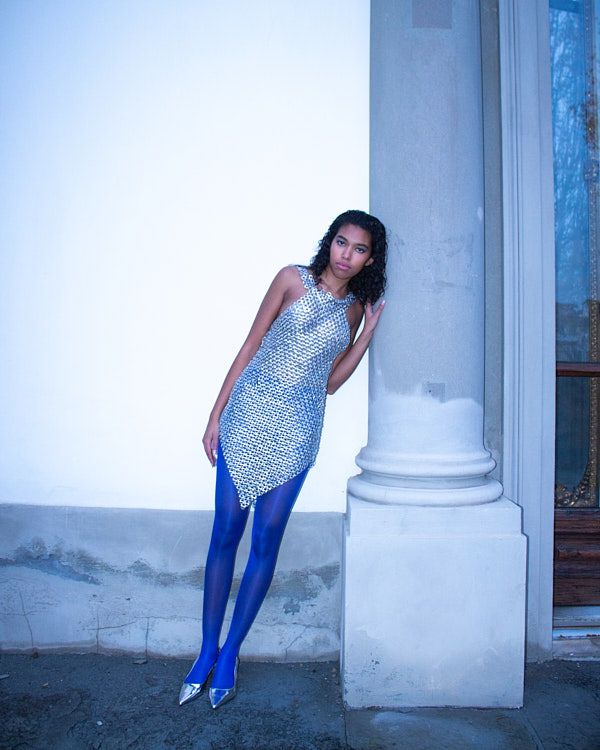
CM: What is your approach to design? Do you start from an image, a fabric, a feeling…?
I usually start from a feeling or a material. More often than not, it’s the material that guides me. I let the texture and weight of the material lead, and make decisions based on how it behaves. When I work intuitively like this, it keeps my work grounded and experimental. It’s about responding in real time and trusting that the feeling will follow.
CM: How do you select the materials or techniques you work with?
I typically work with upcycled and second-hand materials. In the past, I would source fabric almost exclusively from thrift stores and donation centers, which pushed me to be more creative and adaptive in my design process. Working with unpredictable resources forces me to experiment. It’s part of what drives the creativity in my work.
I’m also drawn to unconventional materials. Recently, I’ve been exploring soda cans and water bottles, cutting them up to use as sequins or structural elements. I’ve even repurposed plastic bags into textiles. It’s all about looking at what’s around me and asking, what can this become? When I am not working with upcycling materials, I try to use the most ethically sourced virgin materials.
CM: Is there a particular piece or collection you feel especially connected to? Why?
I feel especially connected to a piece I’m finishing right now. It is a mini dress made entirely of hand-cut sequins from Pellegrino and beer cans. I’m constructing it using a embroidery technique called Luneville. It’s slow, detailed work, but also incredibly meditative.
The process demands patience, which has made it deeply personal for me. What makes this piece even more meaningful is the material itself. The beer cans come from a local brewery in the place where I grew up. Incorporating that into the dress connects me to my roots. It’s a reflection of where I come from and who I am today.
This is the most time-intensive piece I’ve created so far. It’s pushed me technically and emotionally, and in doing so, has become a kind of proof to myself that I am growing and capable of pushing myself to try new things.
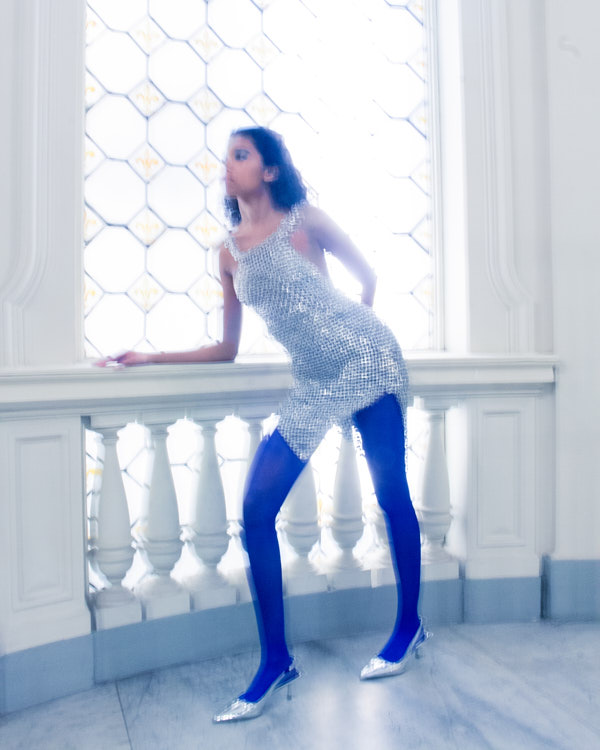
CM What are the core values that guide you as a designer (e.g., sustainability, craftsmanship, inclusivity)?
Sustainability and craftsmanship are at the heart of my design practice. I try to prioritize the use of high-quality materials that are ethically sourced and responsibly produced. Learning how to hand-weave fabrics gave me a deeper appreciation for the labor, time, and skill involved not only
in constructing a garment but in creating the material itself. I also often repurpose discarded materials, whether it’s textile scraps or unconventional items to give them new life.
CM: How do you relate to the concept of ethical or sustainable fashion?
Ethical and sustainable fashion isn’t just something I create, it’s a mindset that shapes my everyday decisions. I try to avoid impulsive clothing purchases and instead approach consumption with intention. When I do choose to buy something, I view it as an investment, as something meaningful and lasting rather than a momentary indulgence.
CM: Who do you envision wearing your creations? What does your ideal community look like?
They’re people who appreciate craft and support sustainability, but also are not afraid to be bold and daring in their clothing choices.
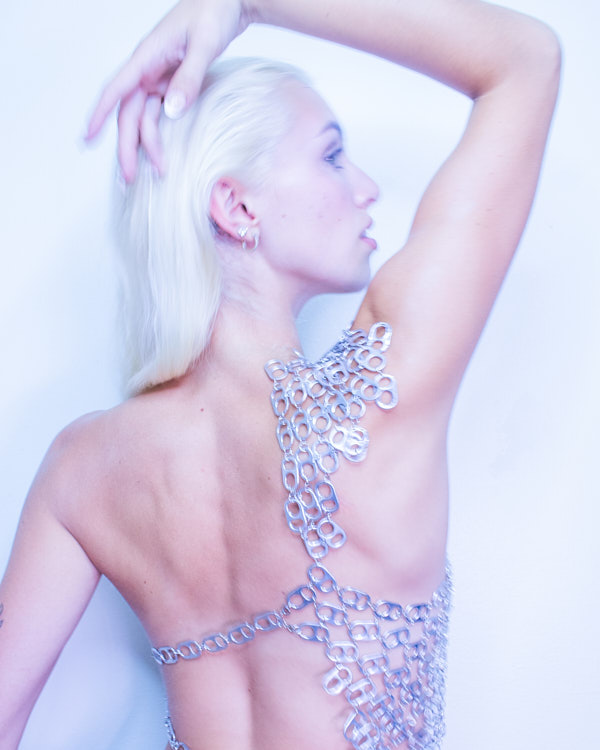
CM: What has been the biggest challenge in your journey as a designer so far?
One of the biggest challenges has been learning to trust myself. My voice, my process, and the value of the way I work. Coming from a background of using second-hand and unconventional materials, there were times I questioned whether my approach would be taken seriously in a fashion world that often favors polish and perfection over rawness.
CM: What does it mean to you to be “emerging” in today’s fashion world?
To be emerging in today’s fashion world means constantly carving out space in a system that wasn’t built for everyone. It’s about challenging norms, whether that’s through material, message, or method. It is also challenging to find ways to be heard without compromising your values.
CM: What is your long-term dream or goal as a designer?
My dream is to have a studio space with a floor loom, knitting machine, and other materials and tools to create. I would love to share this space with fellow creatives, and have a collaborative environment. I would also love to collaborate with artists of different mediums, such as musicians, visual artists and so on.
CM: Is there a mentor, figure, or brand that has deeply inspired you?
One of my recent mentors, Daniel Harris, founder of the London Cloth Company and a professor of mine, has had a deep impact on me. He introduced me to the world of handweaving, which not only taught me a new level of technical skill but also reshaped how I think about process and patience.
Beyond the craft, what really stuck with me was his approach to life and design. In an industry that can often feel overwhelming and hypercritical, he reminded me not to take everything so seriously. Mistakes will happen, things won’t always go as planned and that’s okay. His perspective helped me reconnect with the joy and experimentation that first drew me to fashion in the first place.
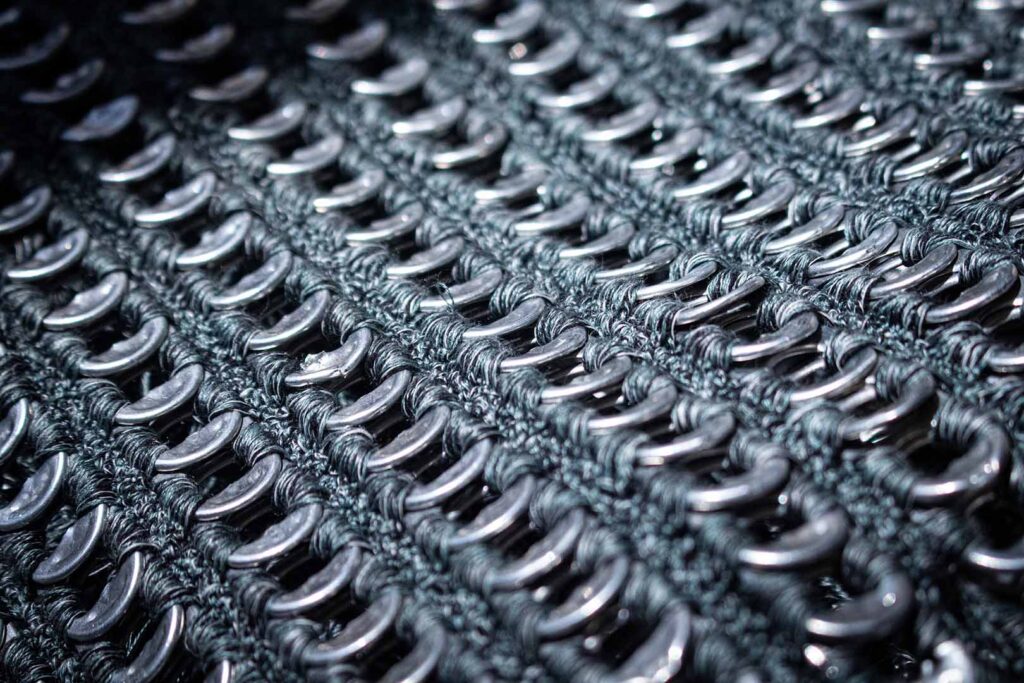
CM: How do you envision the future of independent fashion in the coming years?
I see the future of independent fashion as more decentralized and rooted in community.
As people grow more disillusioned with mass production and fast fashion, there’s a rising demand for authenticity. People want clothes that carry meaning and are made with care. Independent designers are in a powerful position to lead that shift.
CM: What role do you think fashion plays today in storytelling or activism?
Fashion, along with textiles and craft, can be a powerful canvas for storytelling.. It’s not just about garments, it’s about the stories and histories woven into them. One example of an artist using textiles as activism is embroidery artist Mary Evers, who started the movement “Stitch Their Names Together.” Mary is honoring Palestinians by hand-embroidering each individual name, ensuring that no one is forgotten in the face of injustice. Through her thread, she is harnessing the power of textiles as both memory and activism.
CM: Are there any upcoming projects or collaborations you’re currently working on?
I am a graduating Master’s student in Textiles: Farm to Fabric to Fashion, and I am currently preparing for my graduate collection. The collection will feature handwoven textiles, knitted garments, as well as more soda can tab explorative designs. My work, as well as my graduating colleagues’ work, will be on display in Firenze, Italy, at Manifattura Tabacchi from June 11th.

